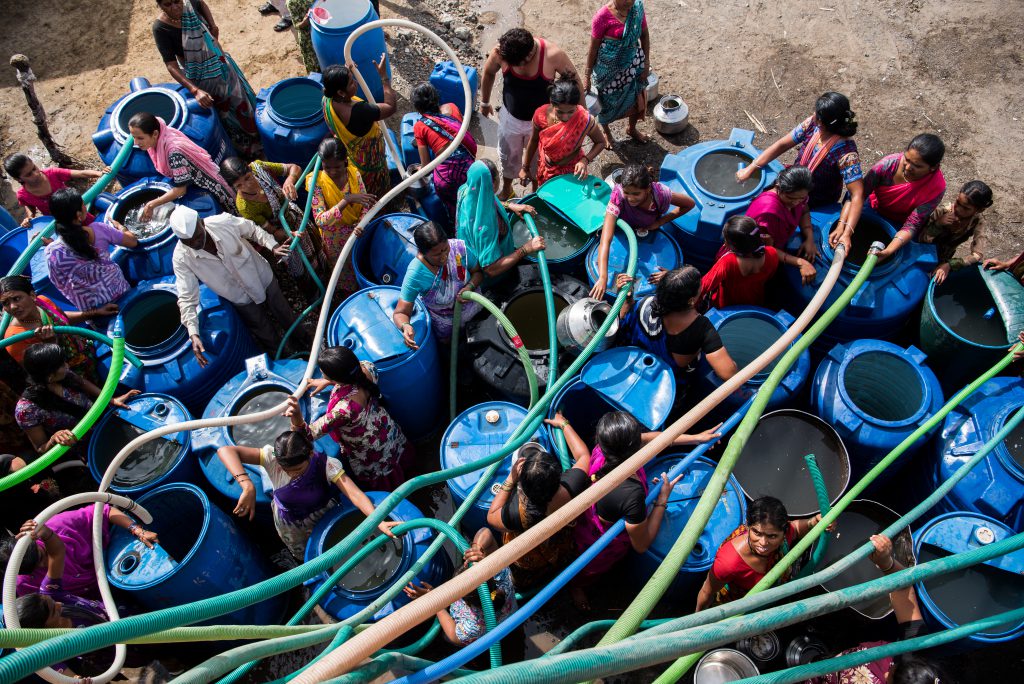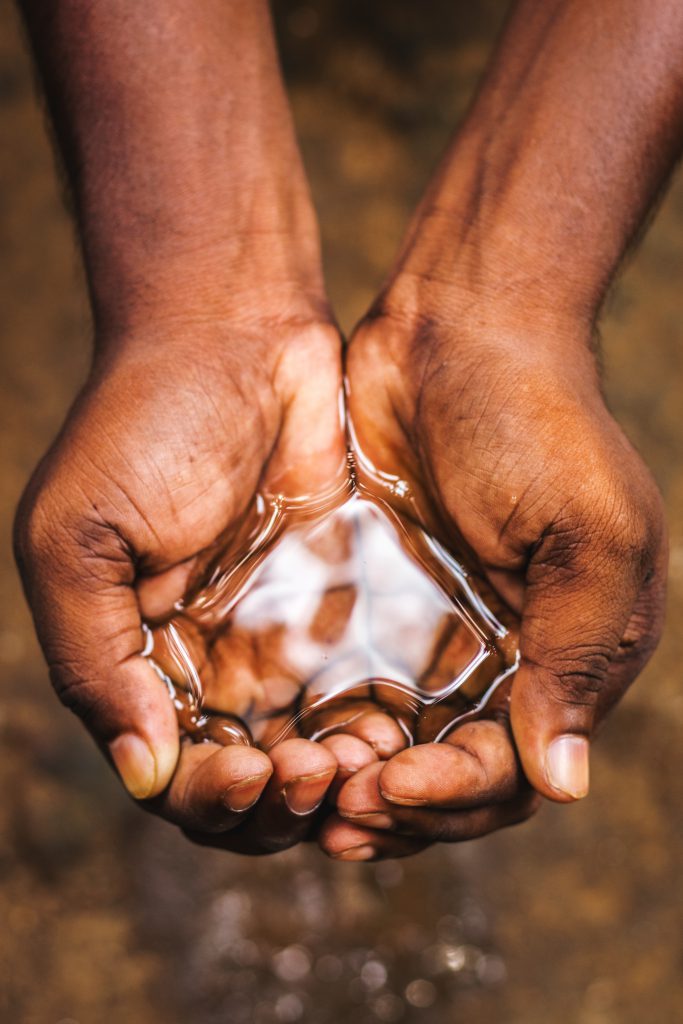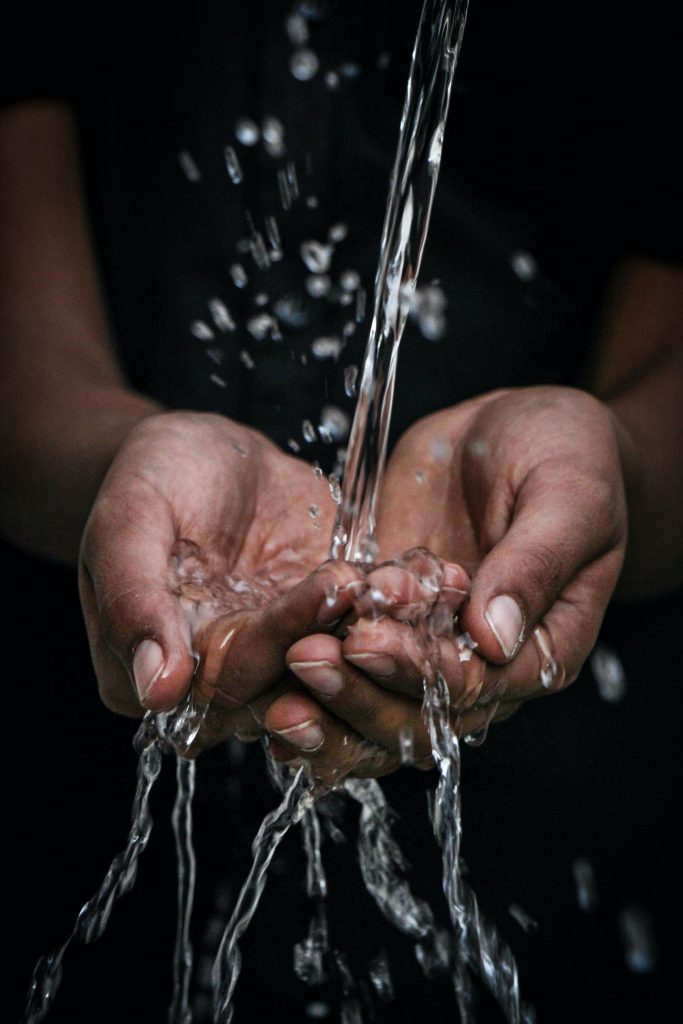- +1 406 581 3682
- randa@indiawaterproject.org
Climate and Water in India
Starting in the early summer, every year, from time immemorial, India undergoes monsoon season. Flooding from the monsoon leads to issues in water quality as drainage systems are unable to cope with the heavy deluge of water. As the water recedes, stagnation occurs and unhealthy pathogens become concentrated. The monsoon rainwater therefore needs to be purified before it can be safe enough for consumption or irrigation, and water purification takes takes time and money.
Weather
India actually experiences two monsoons: the northeast monsoon that “bursts” around mid-to-late October on the east coast, and the more significant southwest monsoon that starts in June and spreads rain throughout most of the subcontinent until early October.

Climate change is leading to increased vagaries in climate and drought conditions. When the monsoon hits, many cities become flooded due to increased urbanization and improper clearing of trash and debris blocking drainage systems.

As the water recedes, stagnation occurs and unhealthy pathogens become concentrated. Rainfall in industrial areas can also become highly acidic. Many villages also have fluoride, arsenic chlorine and iron contamination. Surface water is mostly unpotable.

This leads to a staggering health impact on the Indian population. 2/3rds of hospital beds are filled with those suffering from water-borne illness, with 450,000 lives claimed each year due to diarrhea. The economic costs of these ailments are an estimated USD 60m annually with 73m days of lost labor.
Their Story
The district adminstration provides many villages with water from tankers which travel 80-100 kilometers to fetch water from reservoirs fed by the monsoon. When a tanker arrives, women and children scramble with plastic drums to get their share. They get supply once in 8 days.

We don't even feel like using it to bathe, some use it to watch utensils and clothes, but it cannot be used for drinking, so most people I know wake up early in the morning and set out to get water from borewells. Those who don't own borewells must ask their neighbors for water.
Mandar Aghav, Dahiwandi village resident
We can't use it for drinking, it's turbid and it stinks. For drinking, we buy water jars.
Rita Parjane, Beed Village Resident
I have also seen the 1972 drought, but the situation is becoming worse now, we have to walk for kilometers to get drinking water. Farming remains a distant dream as drinking water has become the major issue for us.
Dahiwandi Village resident
Our Solution
The cascading impact of improved water quality
Through the installation of our Water ATMs, we can vastly improve the lives of those affected by contaminated groundwater and water-borne illnesses.
Health and Nutrition
Overall wellbeing and nourishment is improved
Employment
Decreased loss of labor due to illness
Education
Decreased school days missed from water-borne sickness
Household Savings
Lower impact on savings and ability to change socio-economic situation from medical expenses


